More than half a billion years ago, long before the rise of dinosaurs, mammals, or even fish with jaws, the oceans teemed with strange and alien creatures. Among them was a newly discovered predator that challenges what scientists thought they knew about early life on Earth. With a body the length of an index finger, a bizarre combination of anatomical features, and a name inspired by a Japanese movie monster, Mosura fentoni is turning heads in the paleontology world.
This remarkable discovery comes from the celebrated Burgess Shale in Canada, a fossil treasure trove nestled in the Canadian Rockies that has yielded some of the most exquisite examples of early animal life. The latest addition to this prehistoric gallery, announced by researchers from the Manitoba Museum and the Royal Ontario Museum (ROM) in the journal Royal Society Open Science, is not only captivating in appearance but also groundbreaking in what it reveals about the evolutionary history of animals.
To picture Mosura fentoni, imagine an arthropod with three prominent eyes set atop a narrow head, flanked by grasping, spiny appendages—tools of a predator built for ambush. Its circular mouth, lined with inward-facing teeth, resembles a prehistoric meat grinder. Along its flanks were broad, overlapping flaps used for swimming, giving it a fluttering motion in the water akin to a sea butterfly. Yet perhaps its most astonishing trait is what lay behind—the rear of its body sporting sixteen densely packed segments, each lined with delicate gill structures.
This posterior configuration has never been seen in any other radiodont—an extinct group of early arthropod relatives that included the iconic Anomalocaris canadensis, a larger, meter-long hunter that once ruled the Cambrian seas. Whereas Anomalocaris and its relatives were sleek and streamlined, Mosura appears to have borrowed an evolutionary page from much later creatures like horseshoe crabs, woodlice, and insects. Its segmented, gill-lined abdomen mirrors structures seen in these modern animals, a case of evolutionary convergence that raises fascinating questions.
“Mosura has 16 tightly packed segments lined with gills at the rear end of its body,” explains Joe Moysiuk, lead author of the study and Curator of Paleontology and Geology at the Manitoba Museum. “This is a neat example of evolutionary convergence with modern groups, like horseshoe crabs, woodlice, and insects, which share a batch of segments bearing respiratory organs at the rear of the body.”
But why this feature evolved in Mosura and not its cousins remains a mystery. The researchers suggest it might have been an adaptation to a particular lifestyle or habitat. Perhaps Mosura lurked in lower-oxygen waters, where a more efficient respiratory system was essential. Or maybe its method of swimming and hunting demanded more robust oxygen exchange. Whatever the cause, this anatomical novelty paints a richer picture of how life was diversifying and adapting more than 500 million years ago.
The name Mosura fentoni captures both the creature’s structure and its cultural flair. The genus name Mosura nods to Mothra, the famous kaiju from Japanese cinema, while fentoni honors paleontologist Chris Fenton, who played a key role in fieldwork for the ROM. Field collectors had dubbed the creature the “sea-moth” due to its delicate flapping appendages and broad body midsection, a name that stuck and found its way into scientific nomenclature through its fictional moth inspiration.
Though Mosura may vaguely resemble moths, it shares no close kinship with them. Nor is it closely related to spiders, crabs, or centipedes. Instead, it branches from a much older limb of the arthropod family tree. Radiodonts like Mosura were among the first arthropods to evolve—pioneers of the diverse and dominant group that today includes insects, arachnids, and crustaceans. As such, they hold critical clues to the evolution of traits we take for granted in modern invertebrates.
“Radiodonts were the first group of arthropods to branch out in the evolutionary tree, so they provide key insight into ancestral traits for the entire group,” explains Jean-Bernard Caron, a co-author of the study and the Richard M. Ivey Curator of Invertebrate Paleontology at the ROM. “The new species emphasizes that these early arthropods were already surprisingly diverse and were adapting in a comparable way to their distant modern relatives.”
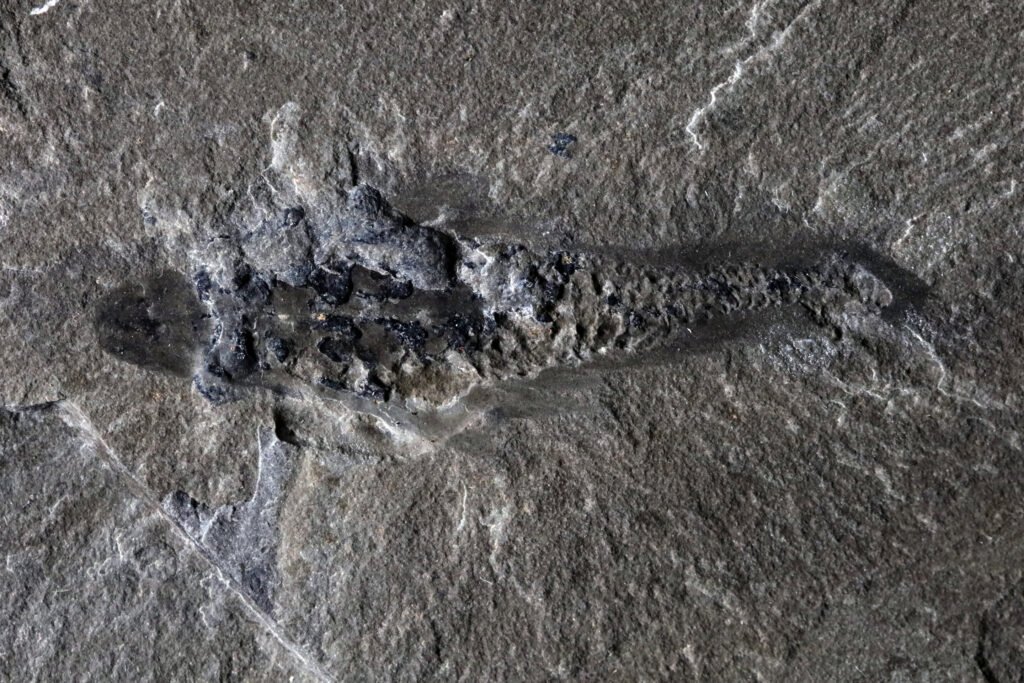
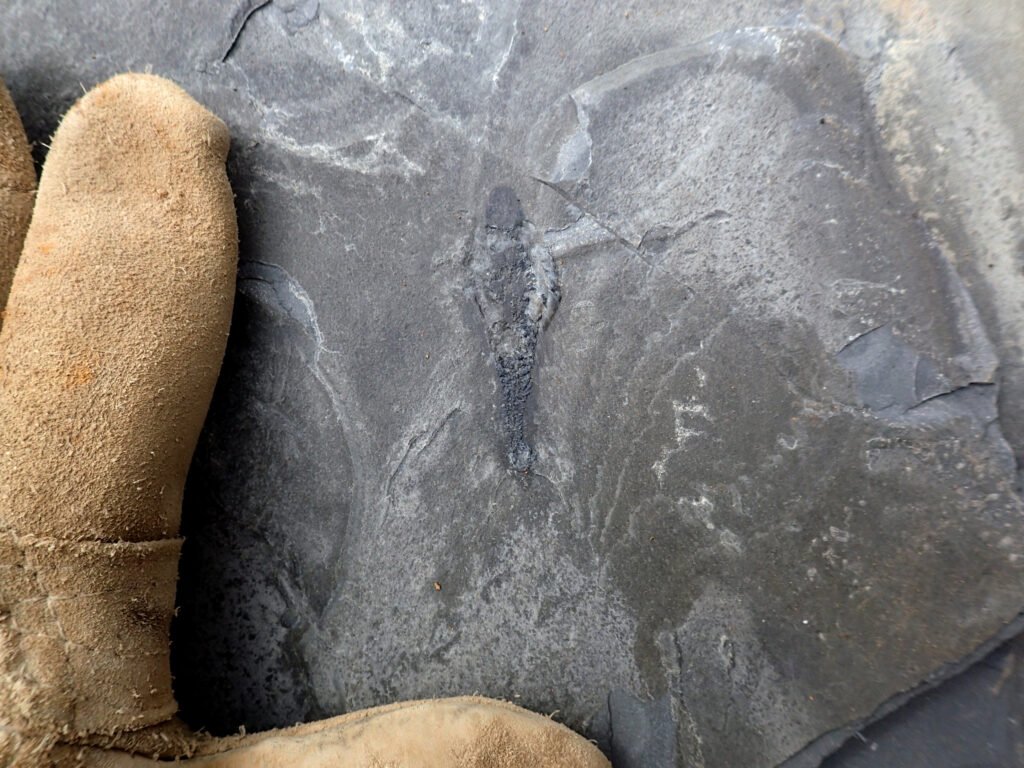
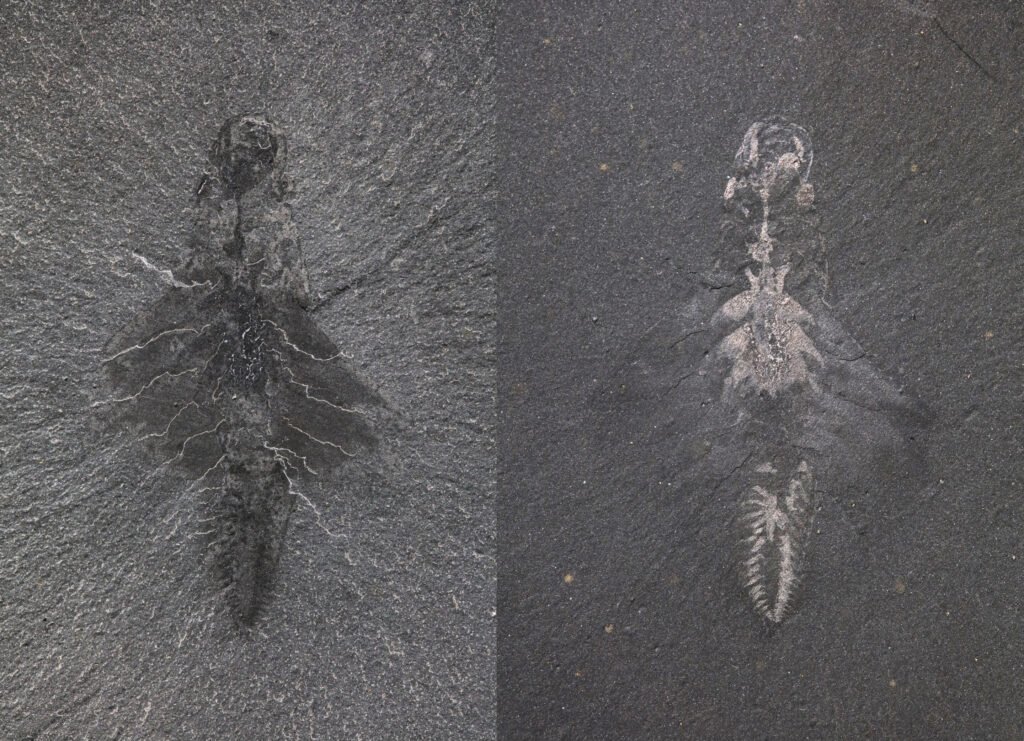
What truly sets Mosura apart, however, is the astonishing preservation of its internal anatomy. Of the 61 known fossils, many preserve more than just the hard exoskeleton—soft tissue structures like the nervous system, circulatory system, and digestive tract are visible in stunning detail. In a world where fossilization rarely favors anything beyond bone or shell, such finds are rare gems.
“Very few fossil sites in the world offer this level of insight into soft internal anatomy,” says Caron. “We can see traces representing bundles of nerves in the eyes that would have been involved in image processing, just like in living arthropods. The details are astounding.”
Instead of a closed network of arteries and veins like we have, Mosura possessed an open circulatory system. Its heart pumped blood into large internal spaces called lacunae, and these were preserved in the fossils as reflective patches throughout the body, including into the swimming flaps. These internal structures had been hinted at in previous fossil specimens, but their identity was often uncertain.
“The well-preserved lacunae of the circulatory system in Mosura help us to interpret similar, but less clear features that we’ve seen before in other fossils,” adds Moysiuk. “Their identity has been controversial. It turns out that preservation of these structures is widespread, confirming the ancient origin of this type of circulatory system.”
This discovery not only enhances our understanding of Mosura but also offers a new lens for reinterpreting old specimens. In fact, among the fossils studied was a long-forgotten specimen collected by Charles Doolittle Walcott, the legendary paleontologist who first uncovered the Burgess Shale in the early 20th century. It’s a potent reminder that museum drawers still hold secrets waiting to be unearthed.
“Museum collections, old and new, are a bottomless treasure trove of information about the past,” says Moysiuk. “If you think you’ve seen it all before, you just need to open up a museum drawer.”
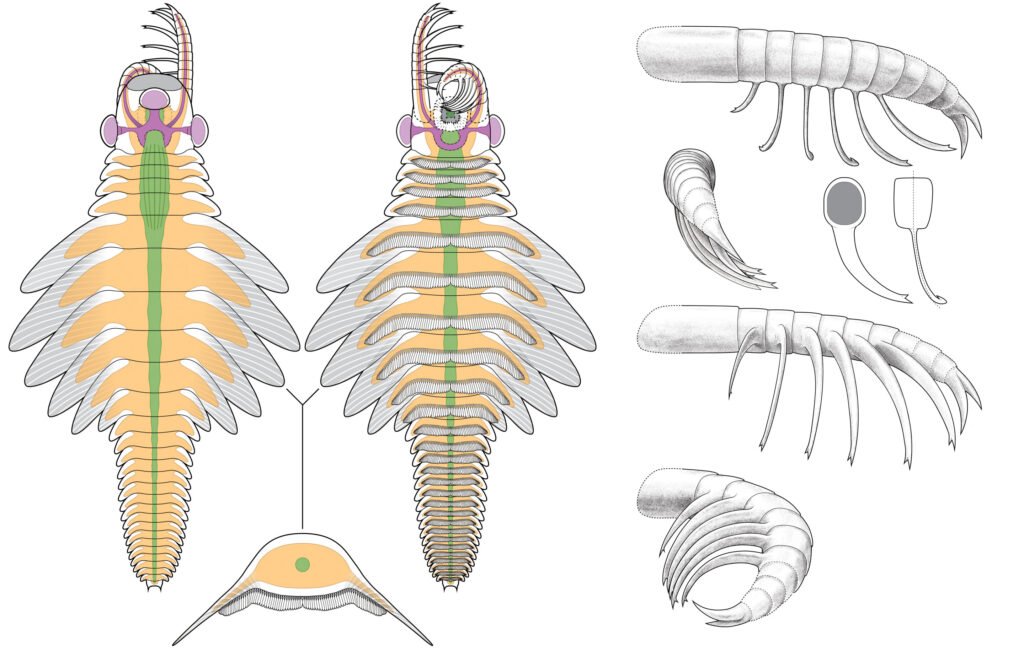
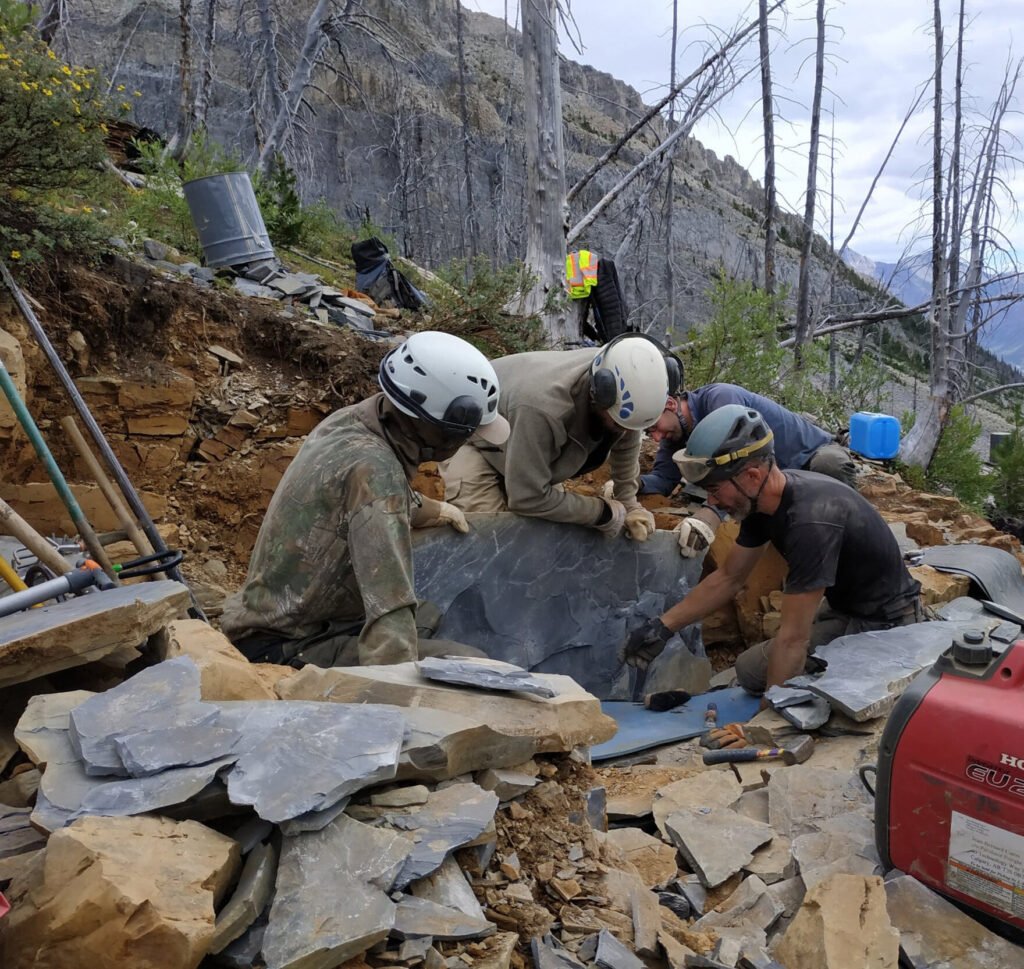
The fossils of Mosura came from several sites within the Burgess Shale, including the Raymond Quarry in Yoho National Park and newer localities near Marble Canyon in Kootenay National Park, some 40 kilometers away. These sites are part of a larger UNESCO World Heritage Site—the Canadian Rocky Mountain Parks—recognized for their geological and paleontological significance. Parks Canada manages these regions and collaborates with scientific teams to protect and explore this window into Earth’s deep past.
Public engagement is also central to this mission. Guided hikes offered by Parks Canada bring visitors face-to-face with the ancient world, letting them walk the same terrain where the likes of Mosura once swam. It’s a rare chance to connect with a period of Earth’s history so distant and alien it defies imagination.
Visitors to the Royal Ontario Museum can now see some of these radiodont fossils on display in the Willner Madge Gallery: Dawn of Life. Later this year, a specimen of Mosura will debut at the Manitoba Museum in Winnipeg, offering yet another chance for the public to marvel at this extraordinary predator from Earth’s ancient seas.
What makes Mosura fentoni so compelling isn’t just its strangeness—it’s the story it tells. This tiny creature with its spiny claws, flapping gills, and glittering internal anatomy is a testament to life’s ceaseless experimentation. In a time when Earth’s ecosystems were still being written, Mosura was already adapting, evolving, and finding its niche. In doing so, it joined the ranks of those exceptional organisms that illuminate our planet’s earliest evolutionary dawn. Through its silent fossilized remains, Mosura speaks volumes—about resilience, complexity, and the endless wonder of life’s unfolding narrative.
More information: Early evolvability in arthropod tagmosis exemplified by a new radiodont from the Burgess Shale, Royal Society Open Science (2025). DOI: 10.1098/rsos.242122
